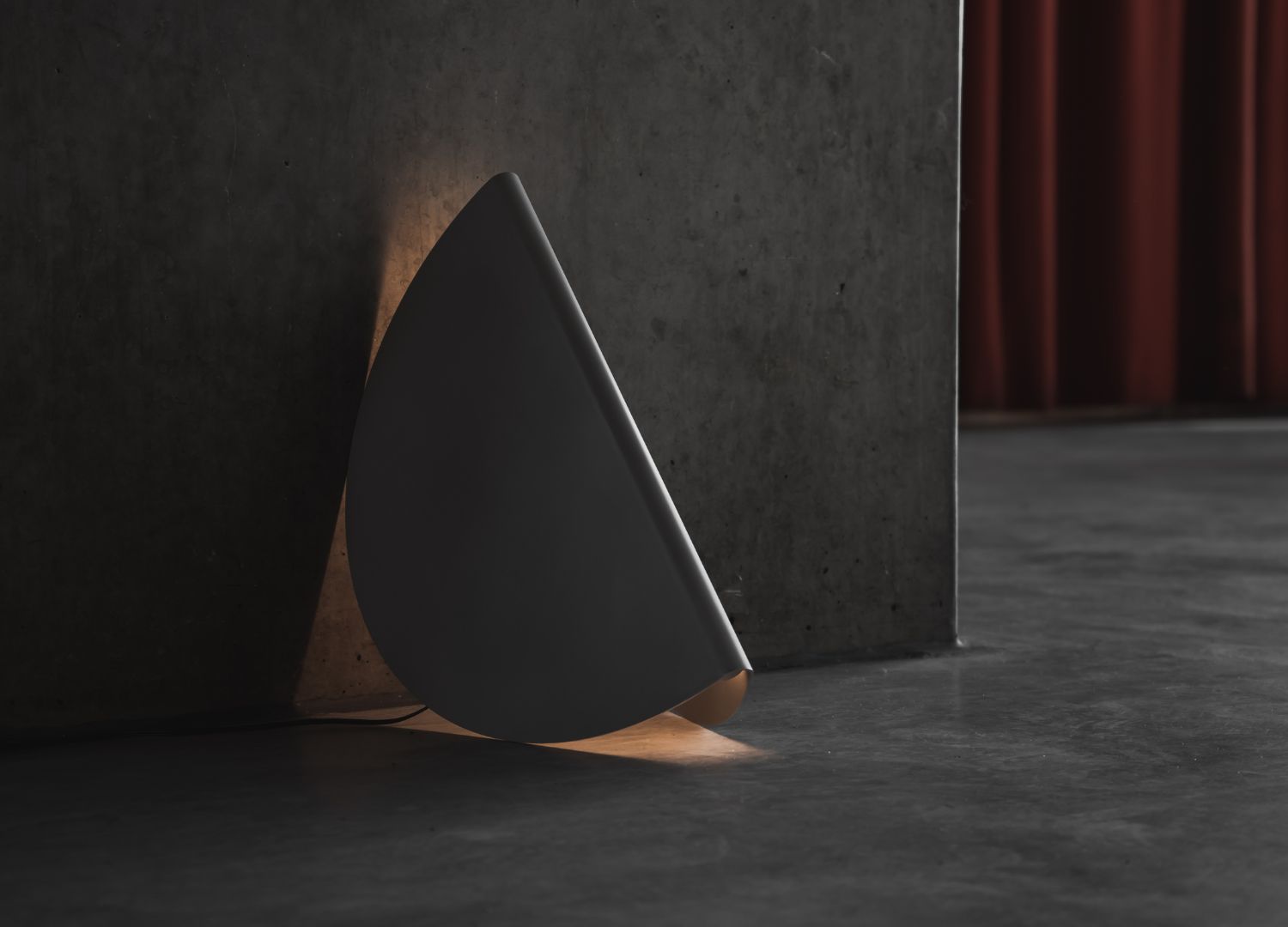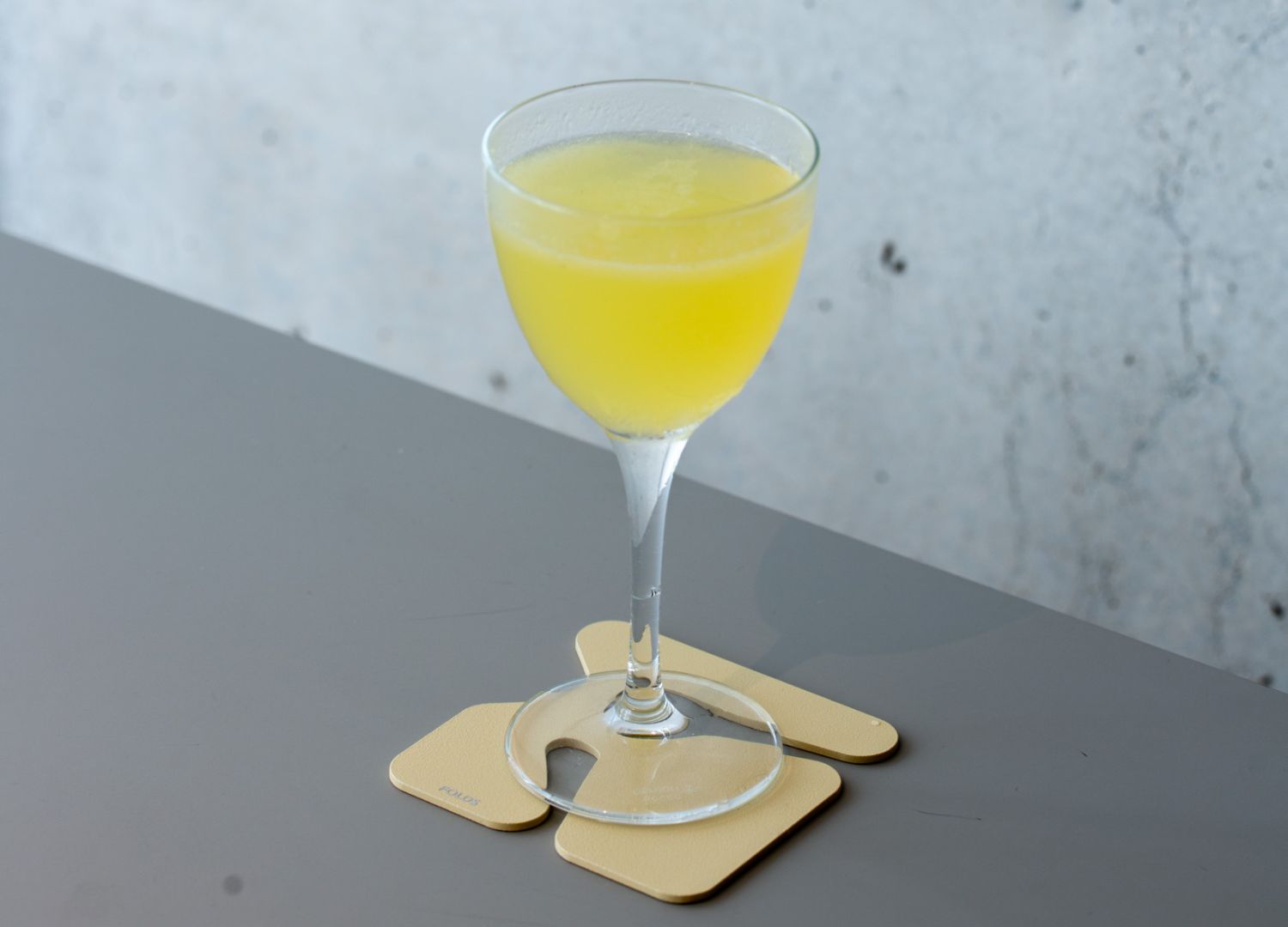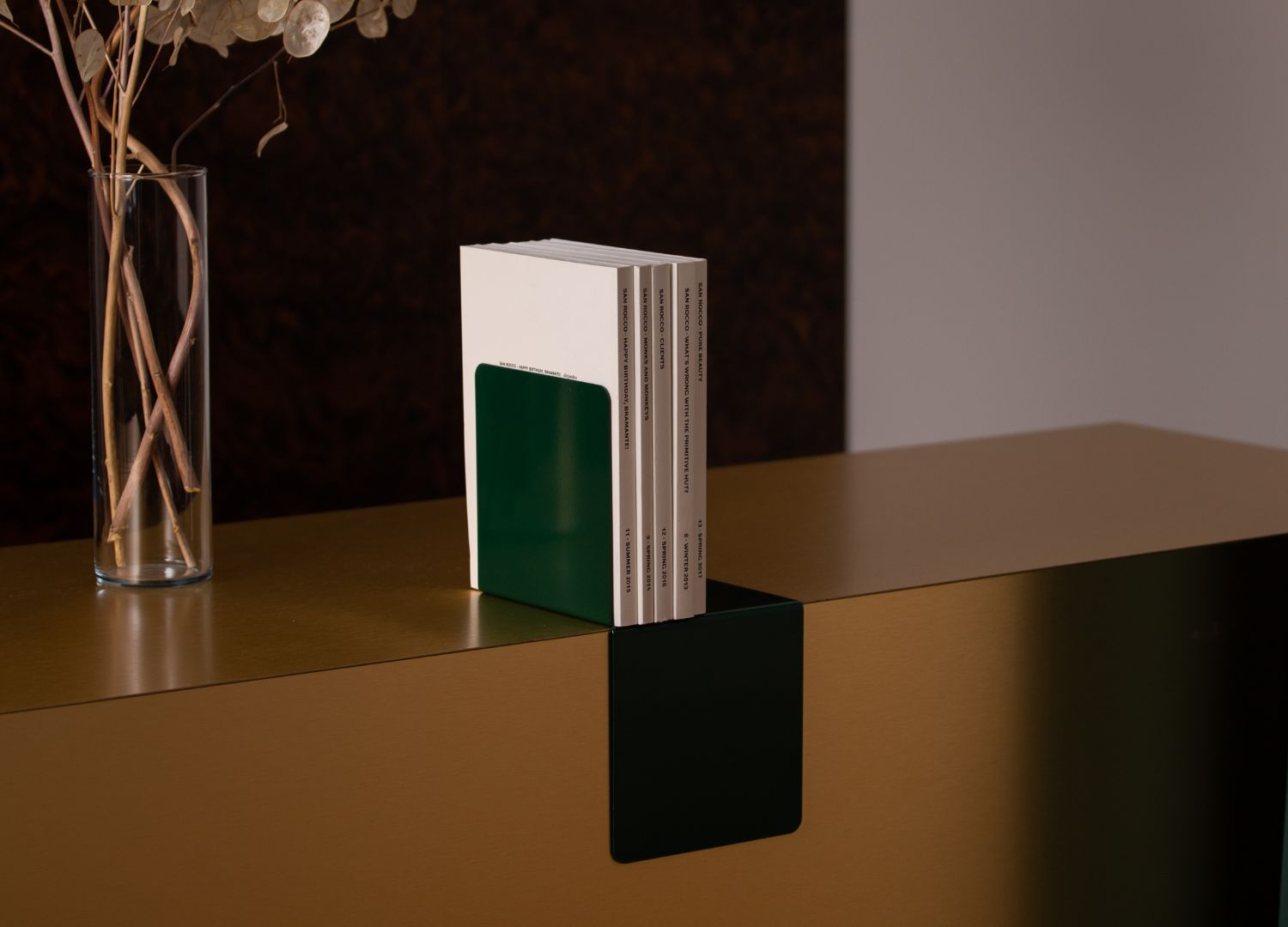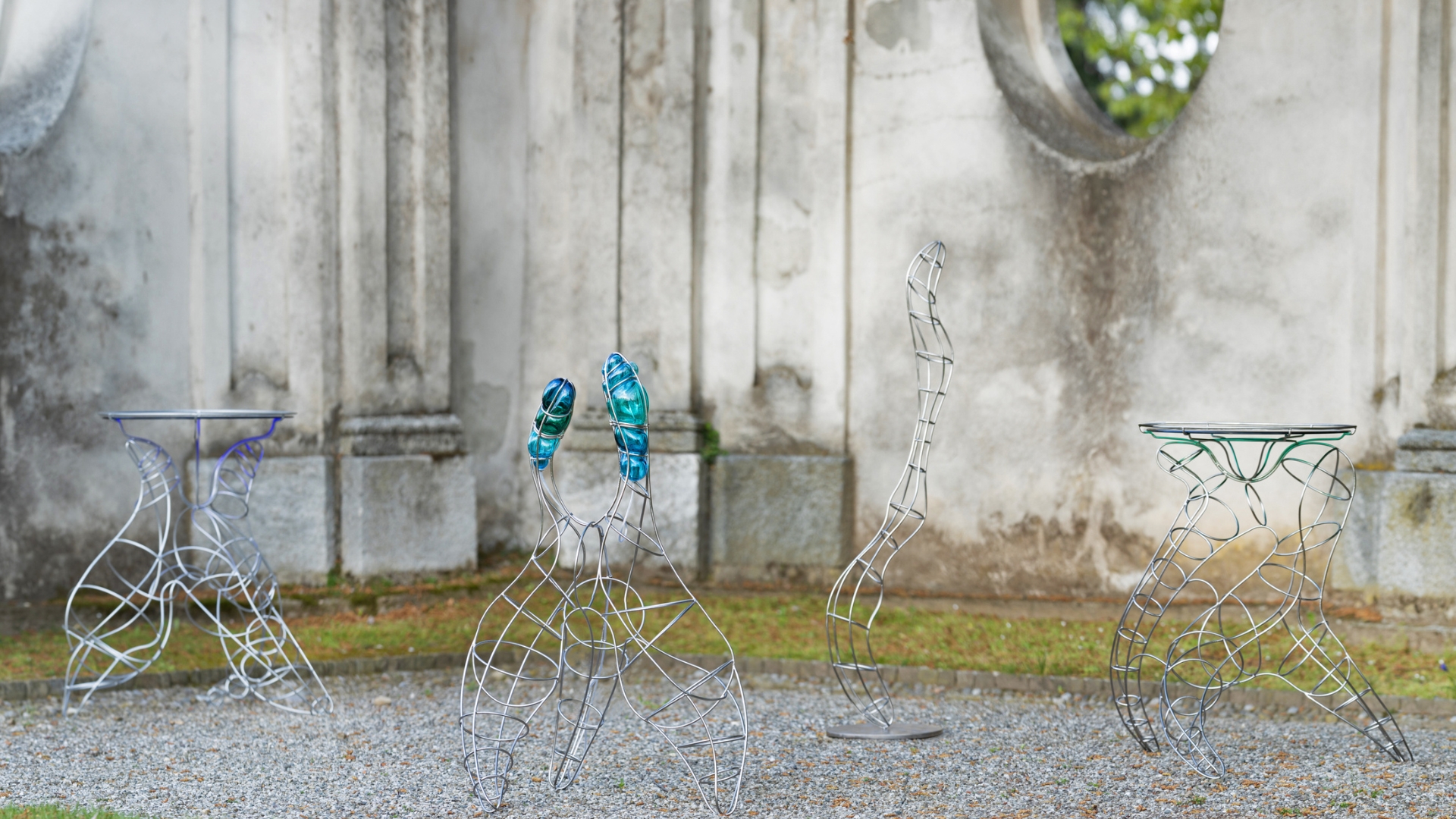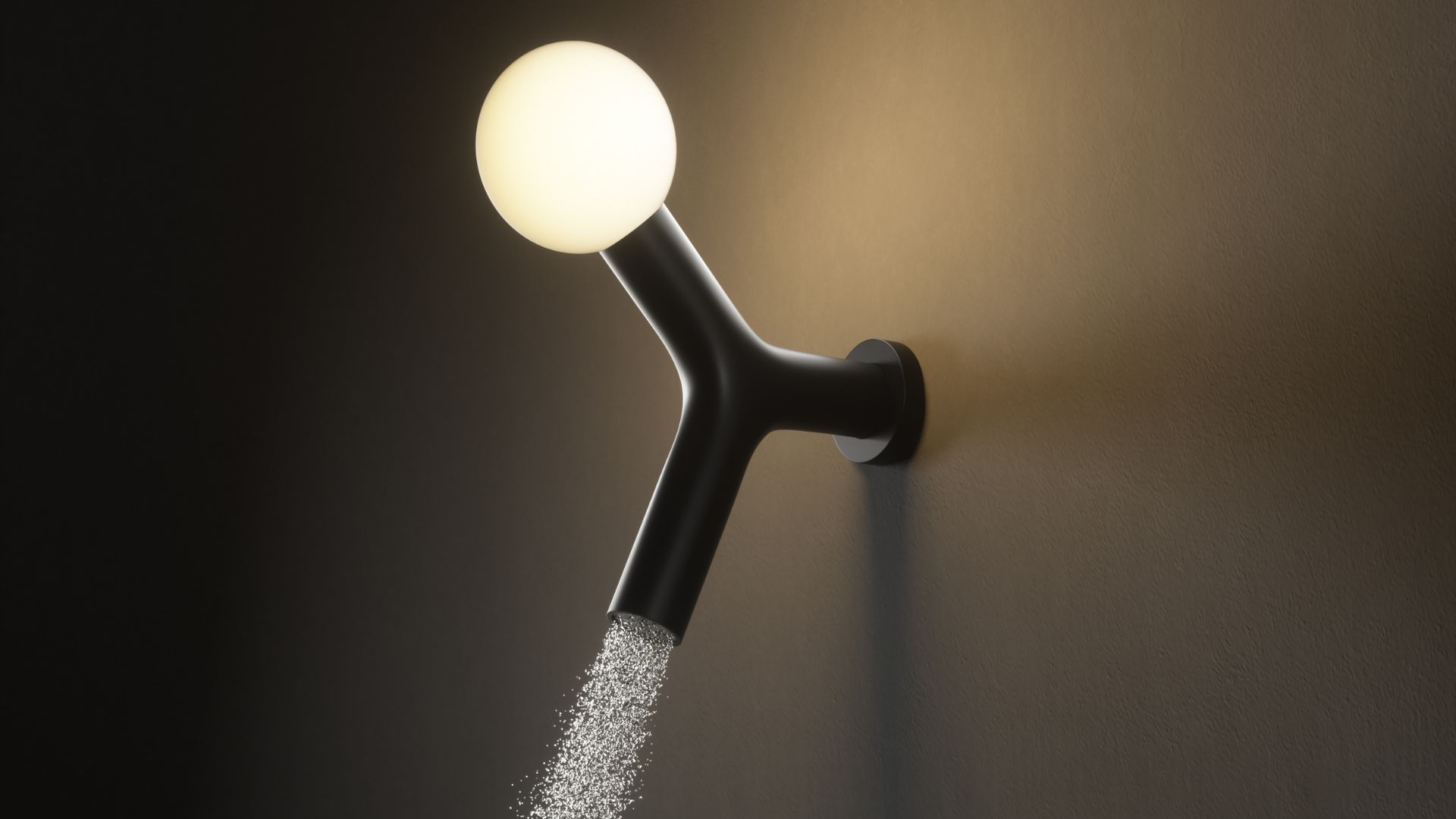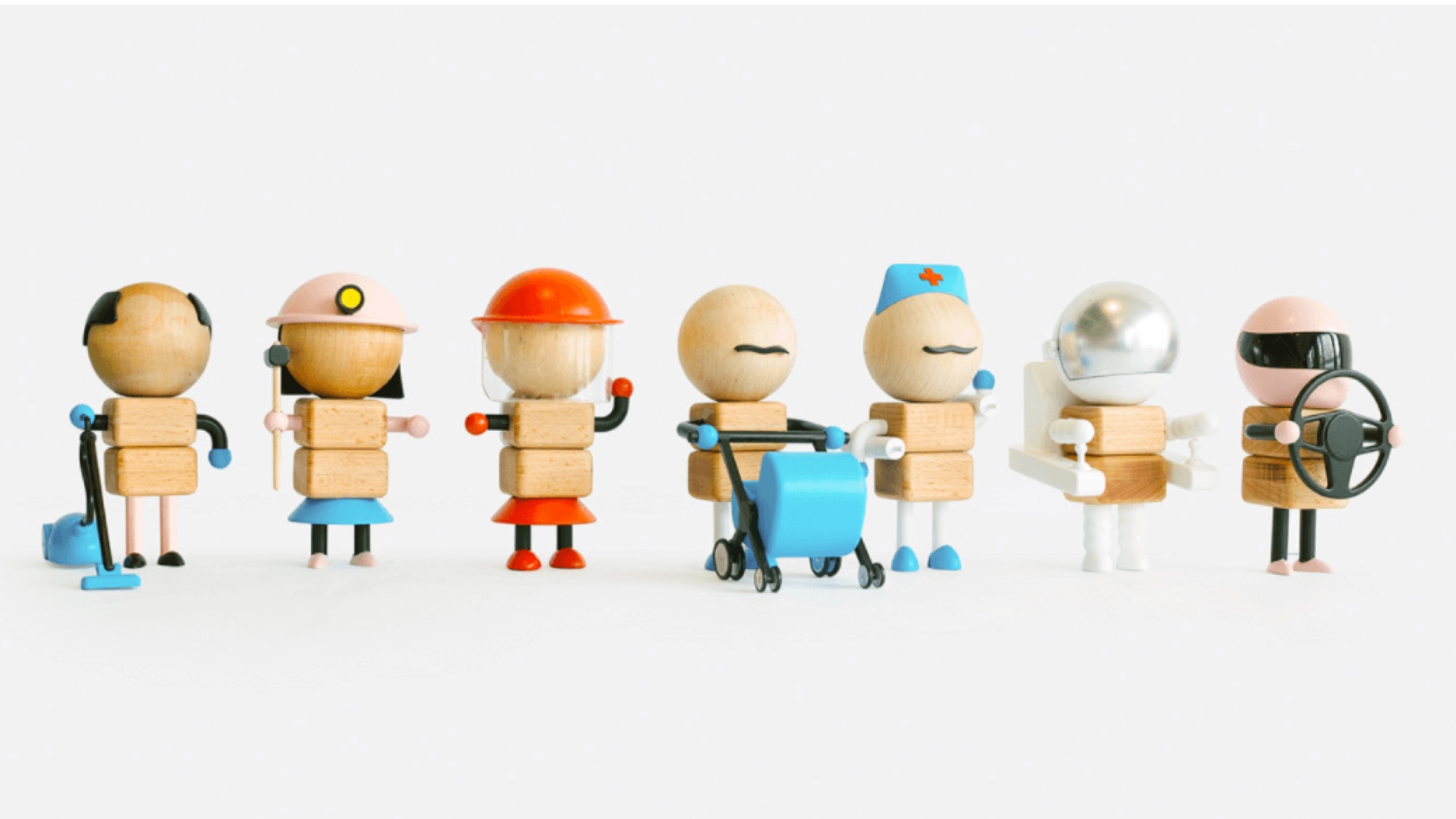The combo of designer/entrepreneur as a manifesto of the contemporary design era
Nowadays, we see many designers challenging the market with their products, but it is not merely self-production; it is the creation of an actual brand striving to find space in the market.

Within this framework, I decided to highlight the story of FOLDS. To begin, let me share an intro. As an Italian designer, I have been trained in Italian design culture since my student days. We were raised with Castiglioni, Munari, and Mari, and were told that we had to create quality products with the industry always in mind.
However, there was a time when this industry-focused approach began to fluctuate. In fact, some designers, especially those not based in Milan, faced difficulties in finding companies to collaborate with and started their own small-scale production to showcase their capabilities and forge partnerships.
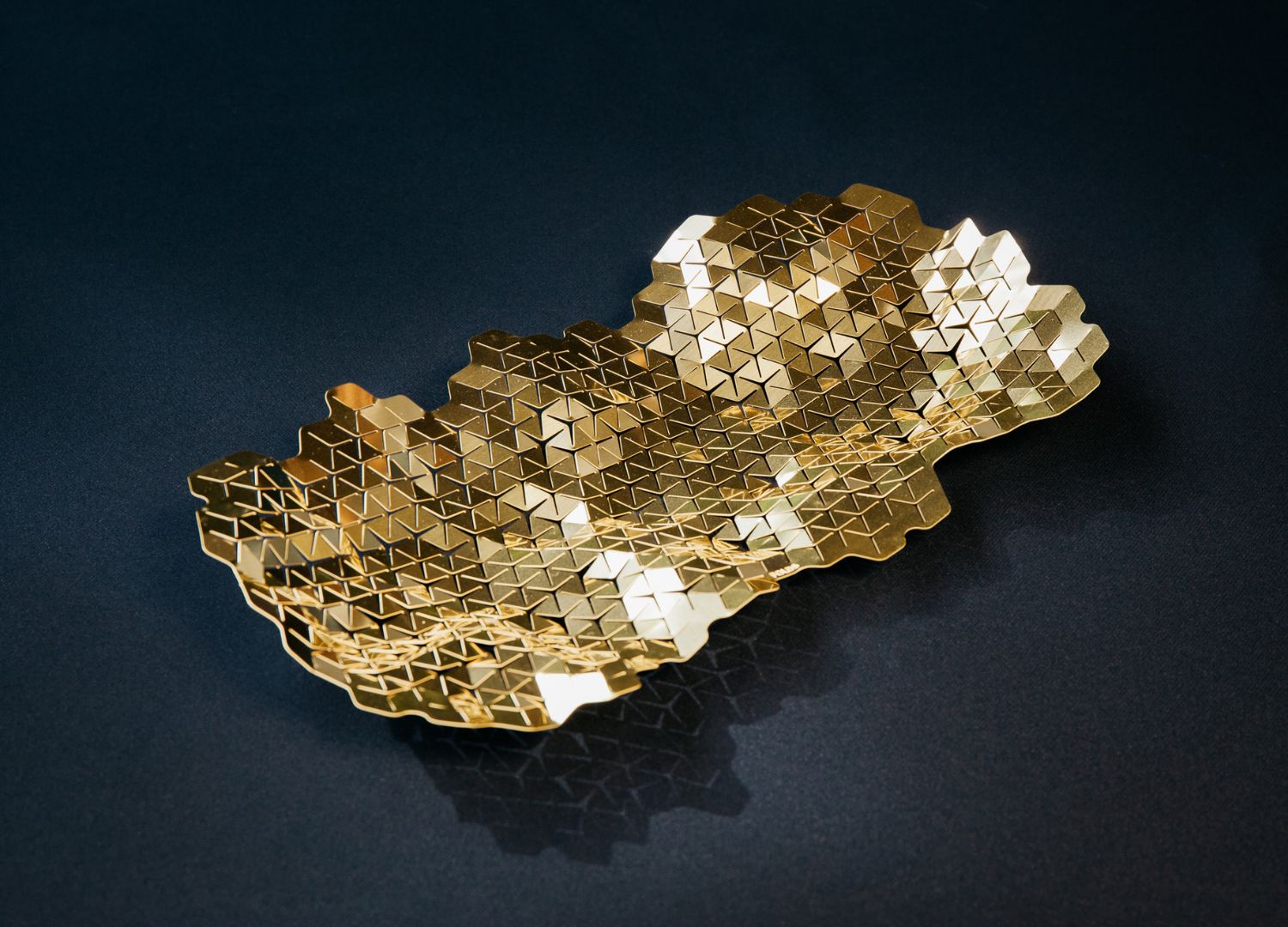
It was another way to enter a market where sometimes knowing the right people was more important than creating the right products. This trend first emerged in Italy in the late ‘80s but continued in the rest of Europe, creating a genuine self-production culture that found its space as an independent movement. While it did not always prioritize meeting industry demands, it could serve as self-production for galleries or small series. Rarely, as in Tom Dixon’s case, it evolved into a company.
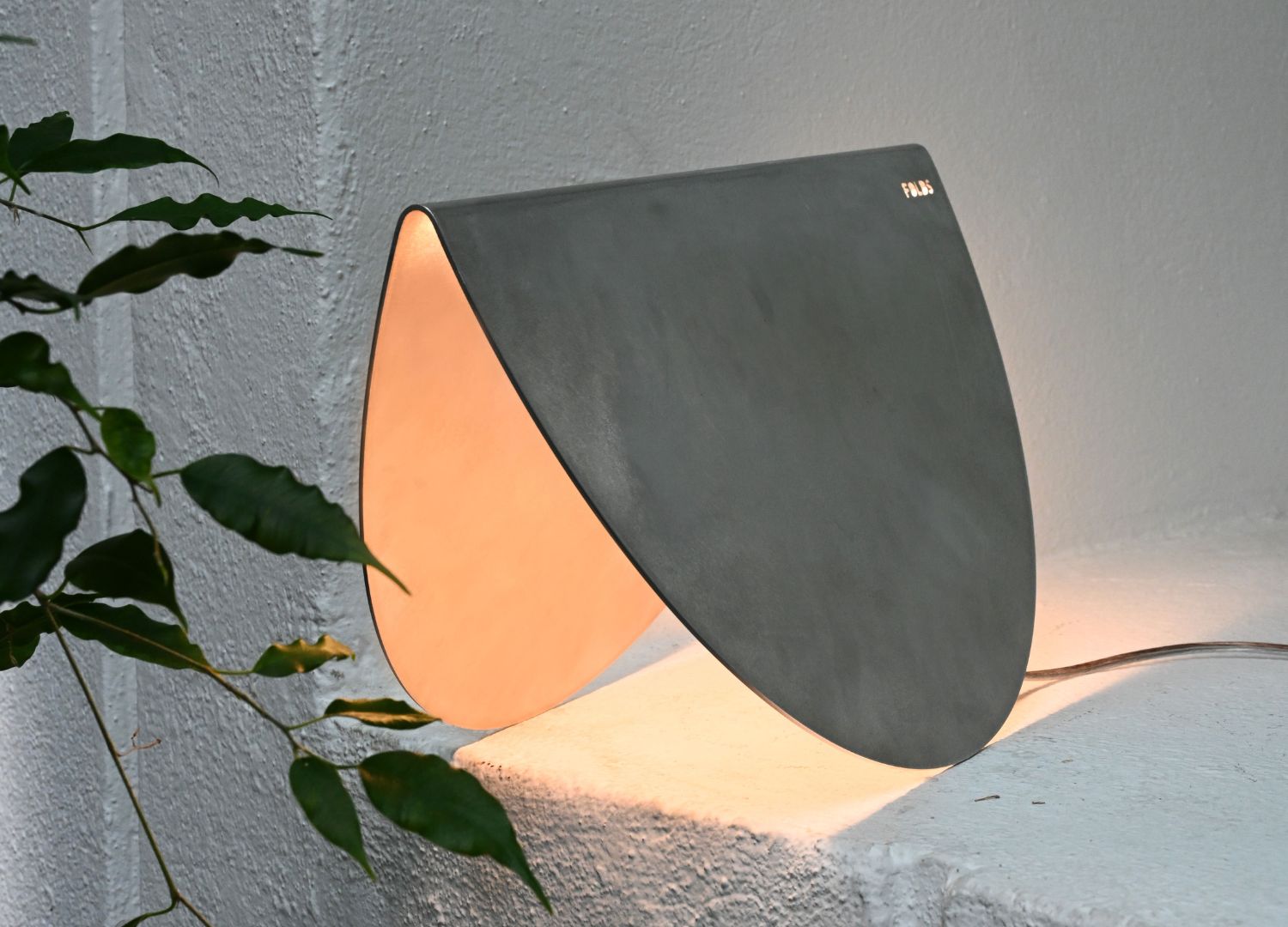
Today, things are evolving again. Maybe encouraged by a new emerging entrepreneurial culture, but I encounter many designers using their ability to create products not to collaborate with famous companies but to start their own ventures. That’s something I truly admire because it is a journey that requires a lot of bravery.

Recently, I came across a company that caught my attention because of the clarity of its intention: FOLDS, which creates objects made of metal sheet cut and folded. It’s a company founded by two young creatives, Anja Mencinger and Nikolaj Salaj, during the last period of their student career when they encountered a metalworking company they liked and began making products together.

Laser cutting plus folding, and here we are. What attracted me first was a very simple video I came across online; they were both playing with an archetypal chair made from a simple folded sheet, flexible and colored. That’s probably not the most recognizable design piece, but everything was there: youth, play, strategy, and function.
It was like a perfect symphony for an emerging brand, so I decided to reach out to learn more about their story, and Nikolaj was kind enough to give me some time to explain how everything is going.
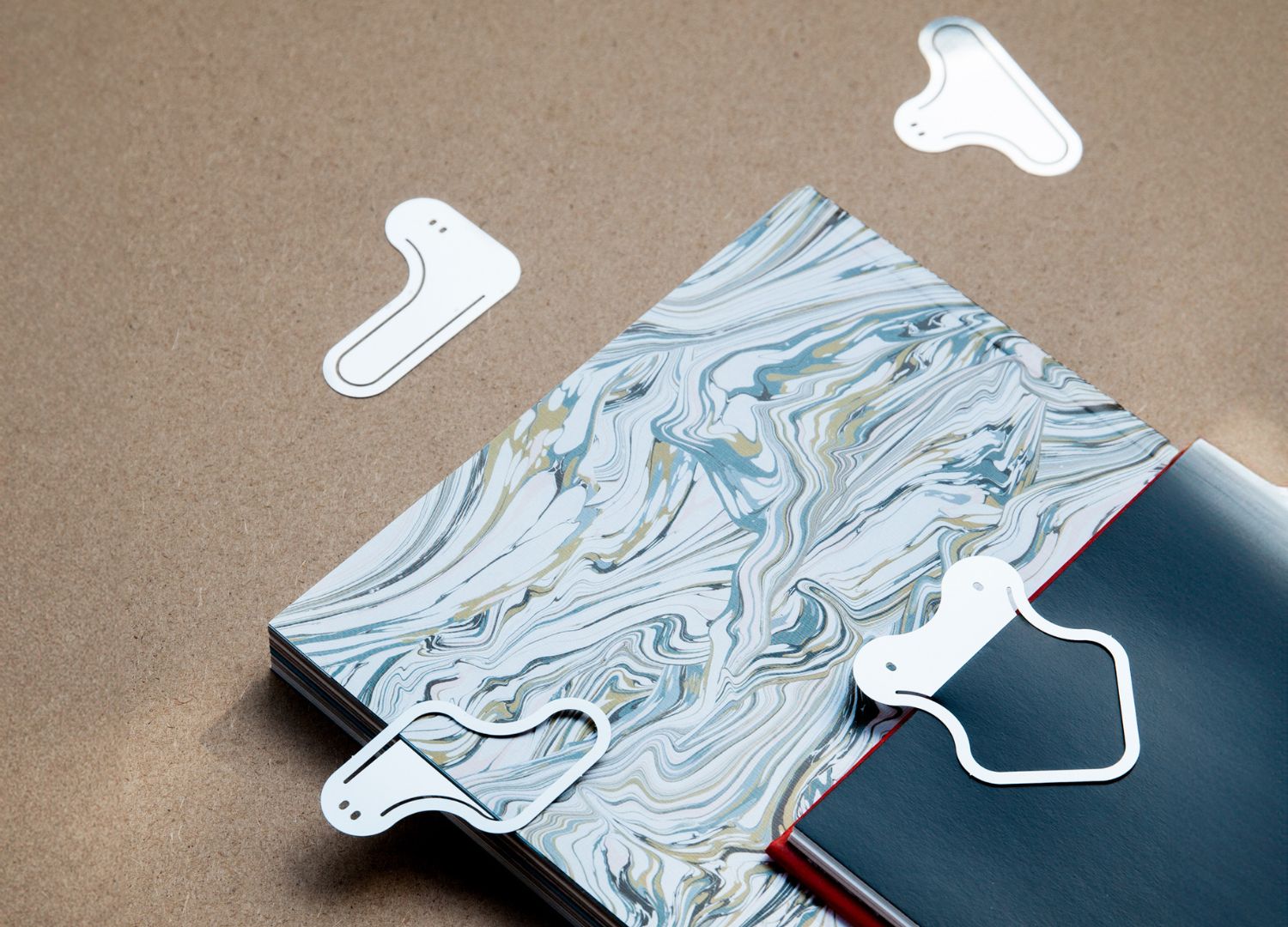
Nikolaj was very transparent during our conversation, leaving no room for doubt and making everything clear. It was born as a side project to create something valuable but without rushing for gold. Everything is sustainable in terms of time and money because they didn’t want to invest too much capital and let the business grow naturally as it gains acceptance from the public and becomes strong enough to grow on its own.
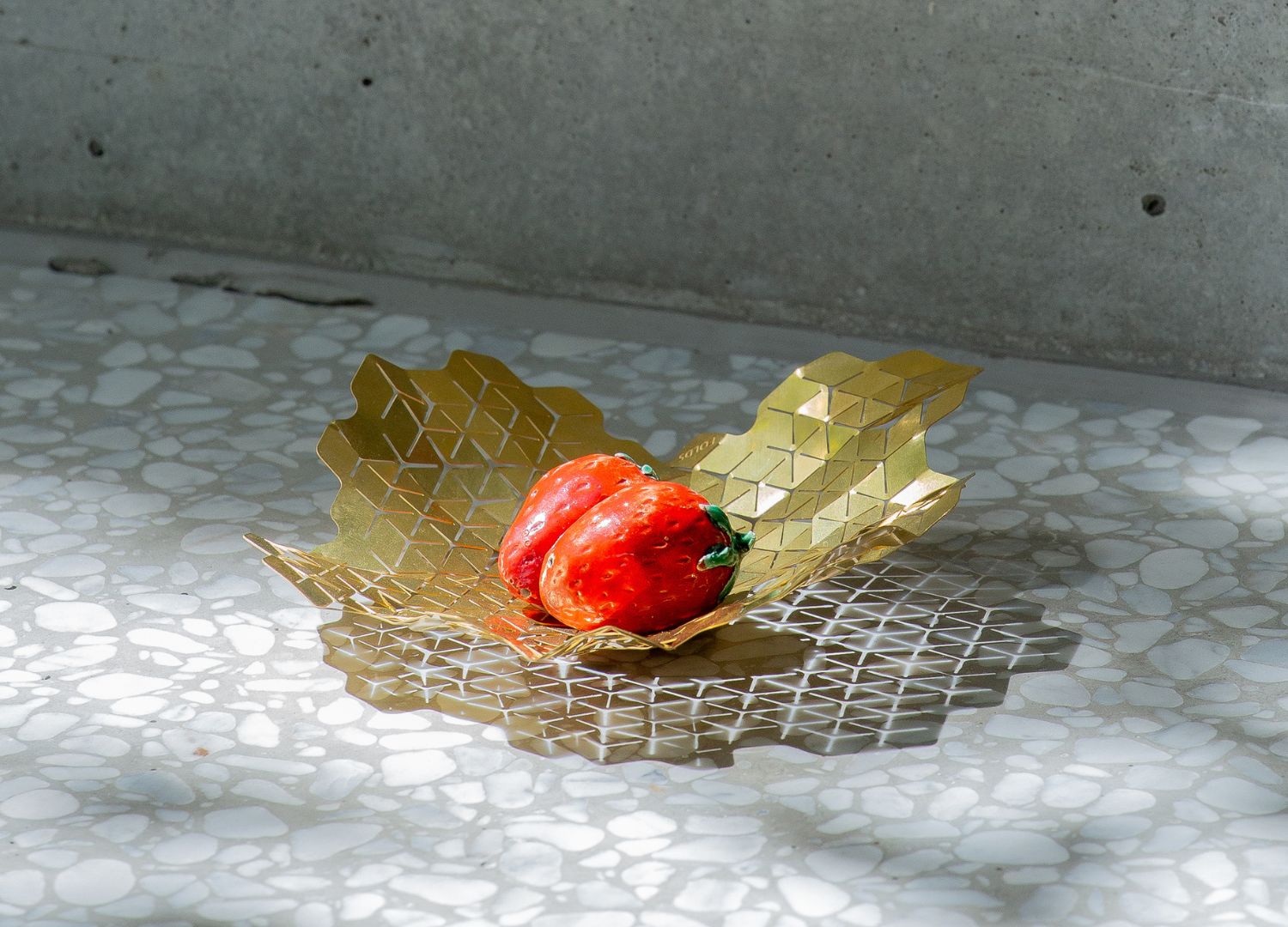
The sincerity of this approach is recognizable in their communication, where they show themselves interacting with the objects and explaining how everything is created. Starting from the design process, with sketches, 3D modeling, and also some production tips, such as why they put a hole in their laser-cut pieces for painting reasons.
Do you know that metal pieces are painted in suspension, and one of the most common questions when producing a piece is “how do we hang it?” If you didn’t, thanks to FOLDS, now you do.
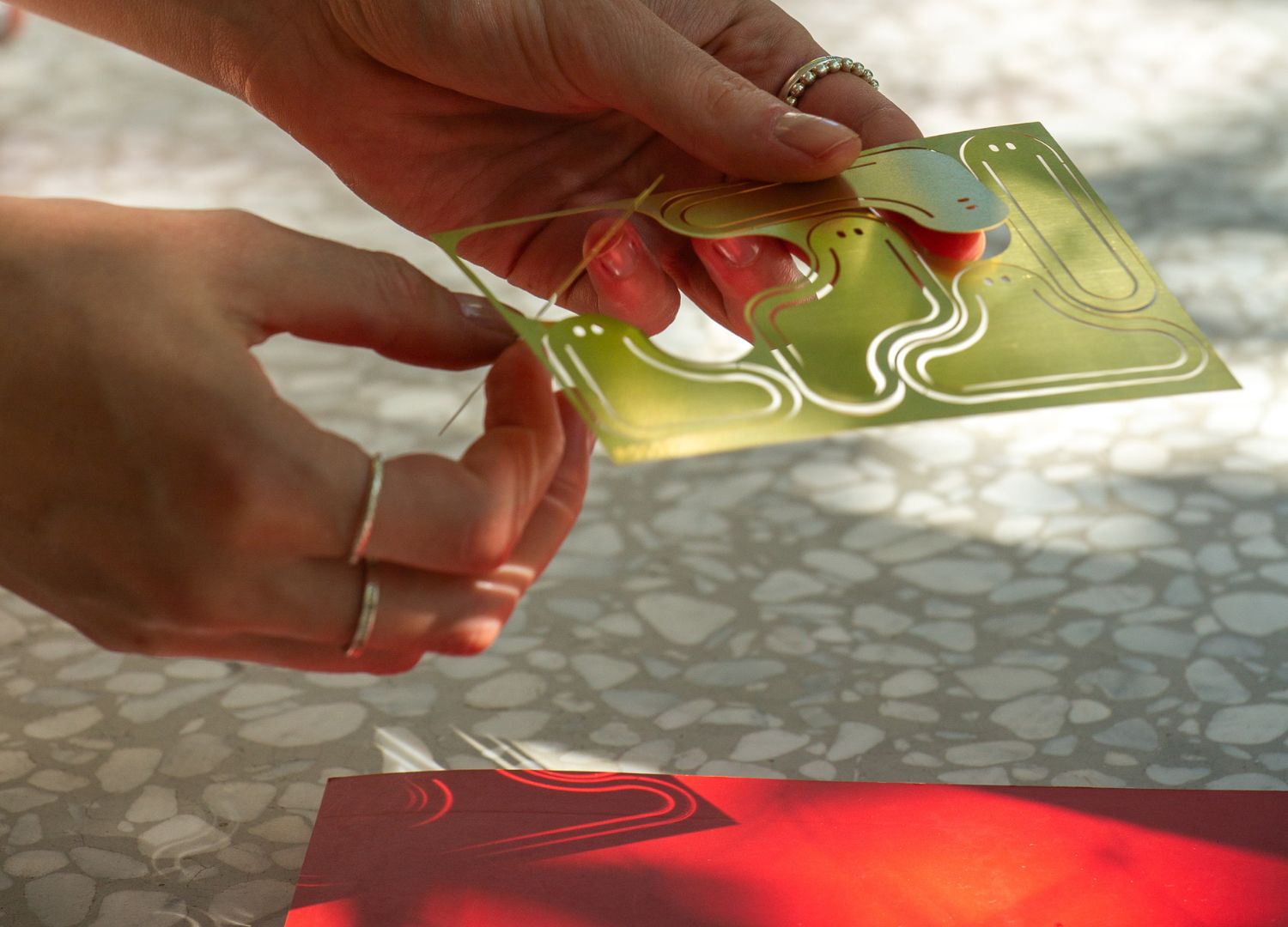
This may sound obvious, but you only realize it once you see it. This explanation of the work in progress and how things are going is a useful way to involve people in the process and become part of their journey—a pure interactive experience. In fact, the interaction is not just online but also offline, and the products themselves are involved. The common thread of the products is the interaction with the user.
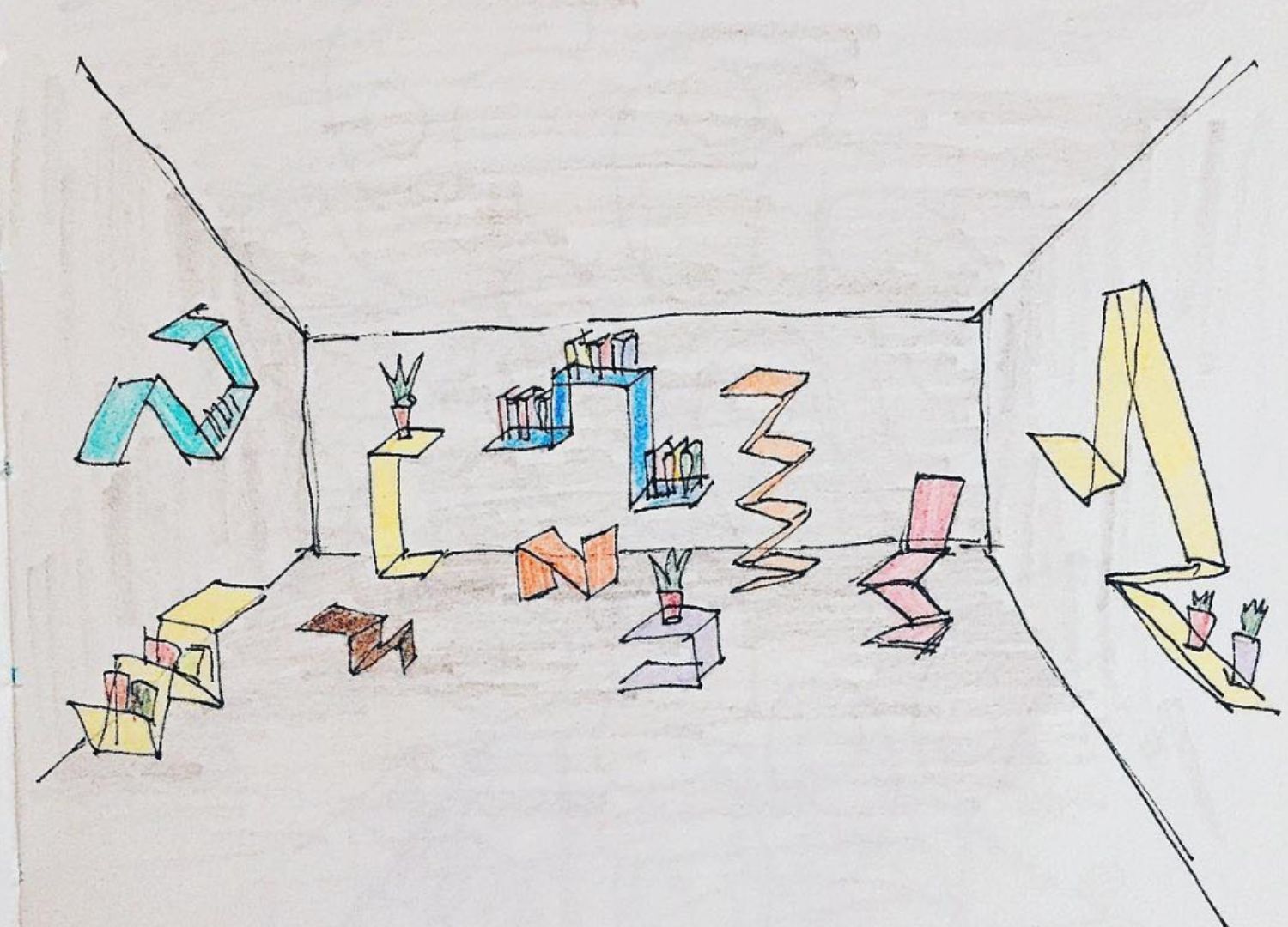
Have you noticed that the table lamp swings when you touch it, the Bookmarks are flexible, and their Fold Bowls must be hand-modeled by the final user? In this way, you become part of the design of the product and create affinity, like with a toy. And I’m sure you’ve loved a toy in your life.





